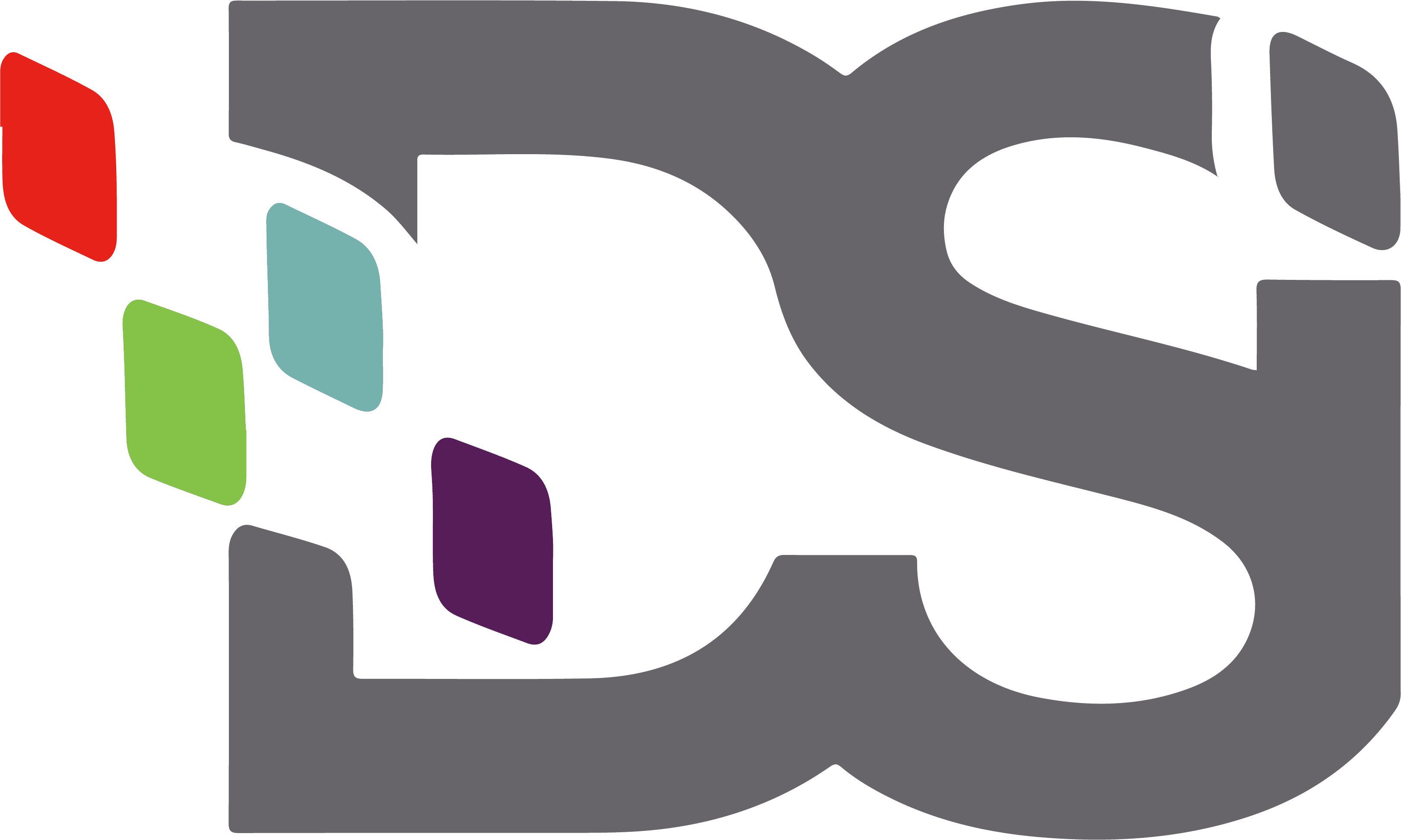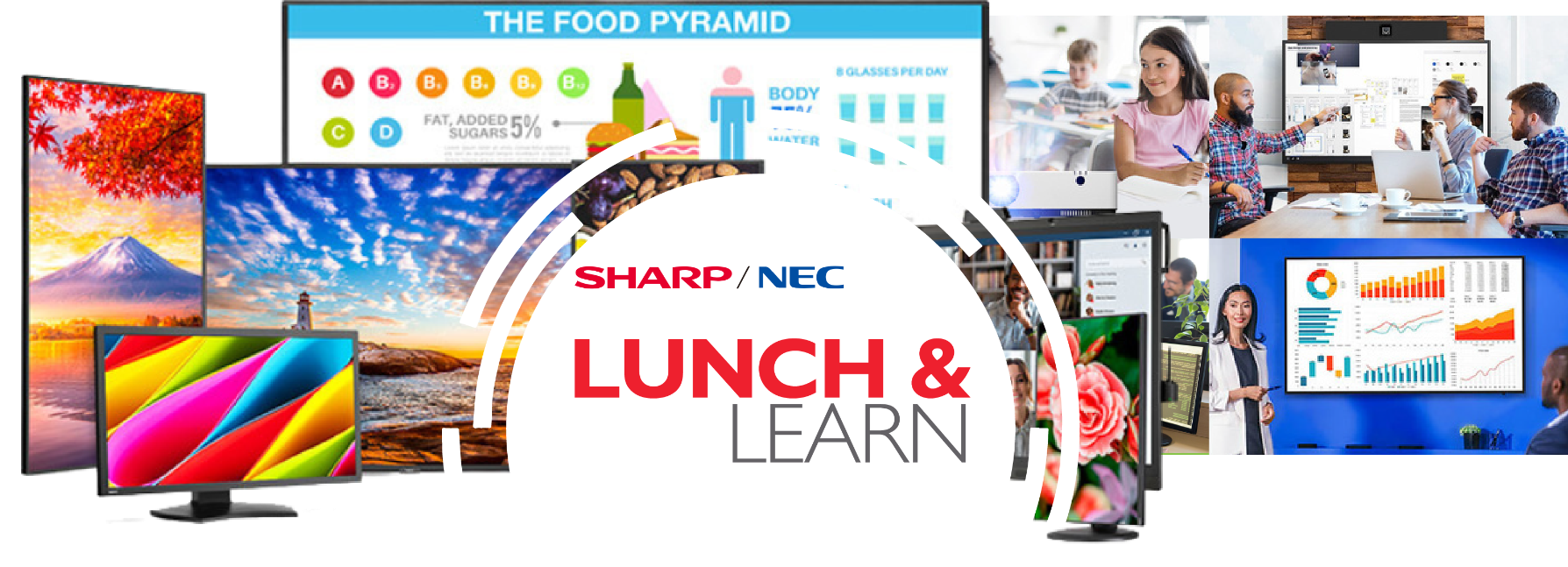In today’s fast-paced and interconnected world, the advantages of audiovisual communication are becoming increasingly evident in both professional and educational settings. Leveraging advanced audiovisual technology can significantly enhance communication, collaboration, and information retention. In this blog, we’ll explore the importance of audiovisual communication, its key advantages, and some potential drawbacks to consider.
What Is Audio Visual Communication?
To understand the advantages of audiovisual communication, it’s important first to define what it entails. Audiovisual communication refers to the use of both sound and visual components, such as video, audio, graphics, and presentations, to convey information effectively. This method is widely used in various environments, including business meetings, educational institutions, and even social events. The integration of these elements allows for more engaging and dynamic presentations, facilitating better understanding and retention of information.
What Is the Importance of Audio Visual Communication?
The importance of audiovisual communication lies in its ability to transcend traditional methods of information delivery. Unlike text-based communication, which relies solely on words, audio-visual communication combines sound, visuals, and sometimes interactivity to create a richer and more immersive experience. This is particularly crucial in environments where conveying complex information quickly and effectively is essential, such as in corporate training sessions or classroom settings. Additionally, audiovisual technology supports diverse learning styles, making it easier for individuals to grasp and retain information.
Audio Visual Communication Advantages
One of the primary audiovisual communication advantages is its ability to engage multiple senses simultaneously, which can lead to better understanding and retention of information. By combining sight and sound, presenters can create a more interactive and compelling experience for their audience. This approach is particularly effective in educational settings, where students may benefit from visual aids and auditory explanations that reinforce key concepts.
Another advantage is the enhancement of collaboration, especially in business environments. Audiovisual integration in conference rooms, for instance, allows for seamless communication between remote teams, ensuring that everyone is on the same page regardless of their physical location. Tools like video conferencing, interactive displays, and real-time data sharing can significantly improve the efficiency of meetings and decision-making processes.
Moreover, audiovisual communication can save time and resources. Instead of lengthy explanations or detailed reports, a well-crafted presentation using audiovisual elements can quickly convey the necessary information. This not only streamlines communication but also ensures that key messages are understood and remembered by the audience.
Disadvantages of Audio Visual Communication
While there are numerous advantages to audiovisual communication, it’s also important to acknowledge the potential drawbacks. One of the main disadvantages of audiovisual communication is the reliance on technology. Technical issues, such as equipment failure or poor internet connectivity, can disrupt the flow of communication and lead to misunderstandings or delays. Additionally, the initial cost of setting up audiovisual technology, including equipment like projectors, sound systems, and interactive displays, can be significant, particularly for smaller organizations or schools with limited budgets.
Another potential drawback is the learning curve associated with using advanced audiovisual conference room equipment. While these tools offer powerful capabilities, they can also be complex to operate, requiring training and ongoing support to ensure that they are used effectively. Finally, over-reliance on audiovisual aids can sometimes detract from the message if not used appropriately, leading to a focus on the medium rather than the content.
The advantages of audiovisual communication are clear, offering enhanced engagement, improved collaboration, and efficient information delivery. However, it’s essential to balance these benefits with an awareness of the potential challenges. If you’re interested in integrating audiovisual technology into your business or want more information about whiteboard screens in Albuquerque, Document Solutions Inc. offers a range of solutions tailored to your needs.
Contact DSI today to explore how we can help you leverage the full potential of audiovisual communication.

Jocelyn Gorman, the Executive Vice President of DSI, possesses a deep understanding of the unique requirements of growing businesses. With over a decade of experience collaborating with clients across various industries, she closely collaborates with her Sales Team to develop and implement tailored technology solutions. These solutions aim to enhance office productivity and minimize operational costs. Her remarkable ability to effectively address business challenges has garnered recognition from prestigious publications such as the Cannata Report and Family Business Magazine.

